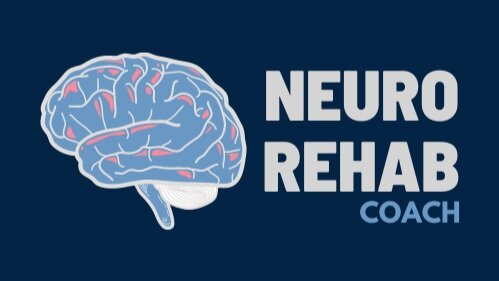Exercises for Neck Pain
Anatomy of the Neck
Match the symbols below to the diagram to see what each part of your neck does.
The medical term for neck bones is “cervical vertebrae”.
The “neck bones” are called cervical vertebrae. There are 7 of these (C1-C7).
✖Discs that separate the vertebrae align the spine, provide shock absorption and support the skull.
✓Facet joints anchor the vertebrae & allow for full rotation of the neck.
Spinal Cord and Nerves:
🔜The spinal cord travels through a canal hollowed out in the bones.
★ Nerves exit from the spine through an opening on the side of the vertebrae and travel to muscles in the neck, chest & arms.
Neck Muscles
Neck muscles have 3 main functions
The neck muscles have 3 main functions:
1) Support the head
2) Maintain posture by keeping the head aligned
3) Help you turn your head in different directions (full range of motion)
Common Causes of Neck Pain
Age
Aging causes degenerative changes to the bones and discs of the spine called osteoarthritis or cervical spondylosis
Injury
Injury from whiplash can strain your neck muscles and cause immediate pain. This pain can become chronic if it is not treated with rehab therapy.
Poor Posture
Poor posture changes the balance of weight from the head. This increases the stress in the neck and can result in strained muscles that cause pain immediately. Over time, poor alignment can lead to degenerative disc disease (a kind of arthritis in the back). For every inch forward your head bends, the weight on your neck increases 10 by ten pounds.
Disc Degeneration
Poor alignment can lead to degenerative disc disease (a kind of arthritis in the back). The discs between bones and parts of bones can push out into the spinal canal (where the spinal cord runs). This is called herniation. When, discs and parts of bones herniate into the canal, the canal becomes narrower in some places. If the discs and bones push far enough into the canal to actually press on the cord, this could cause chronic neck pain, arm and leg pain and weakness and difficulty walking. Severe pressure could be an emergency.
Spinal Stenosis
Herniated discs can put pressure on the exiting nerves to cause numbness, burning, pain, and muscle weakness
Muscle Strain
Muscle strain can be caused by poor posture or injury. Strained neck muscles lead to immediate pain and can cause chronic pain.
Stress
Stress can result in poor posture that results in neck muscle strain.
Overuse Arthritis (Osteoarthritis)
Autoimmune Arthritis (Rheumatoid)
Effects of Neck Pain
Tension Headaches
Temporal Mandibular Joint Pain (TMJ)
Shoulder Pain
Low Back Pain
Emotional Stress
Arm Tingling and Numbness
Bruxism (Teeth Grinding)









